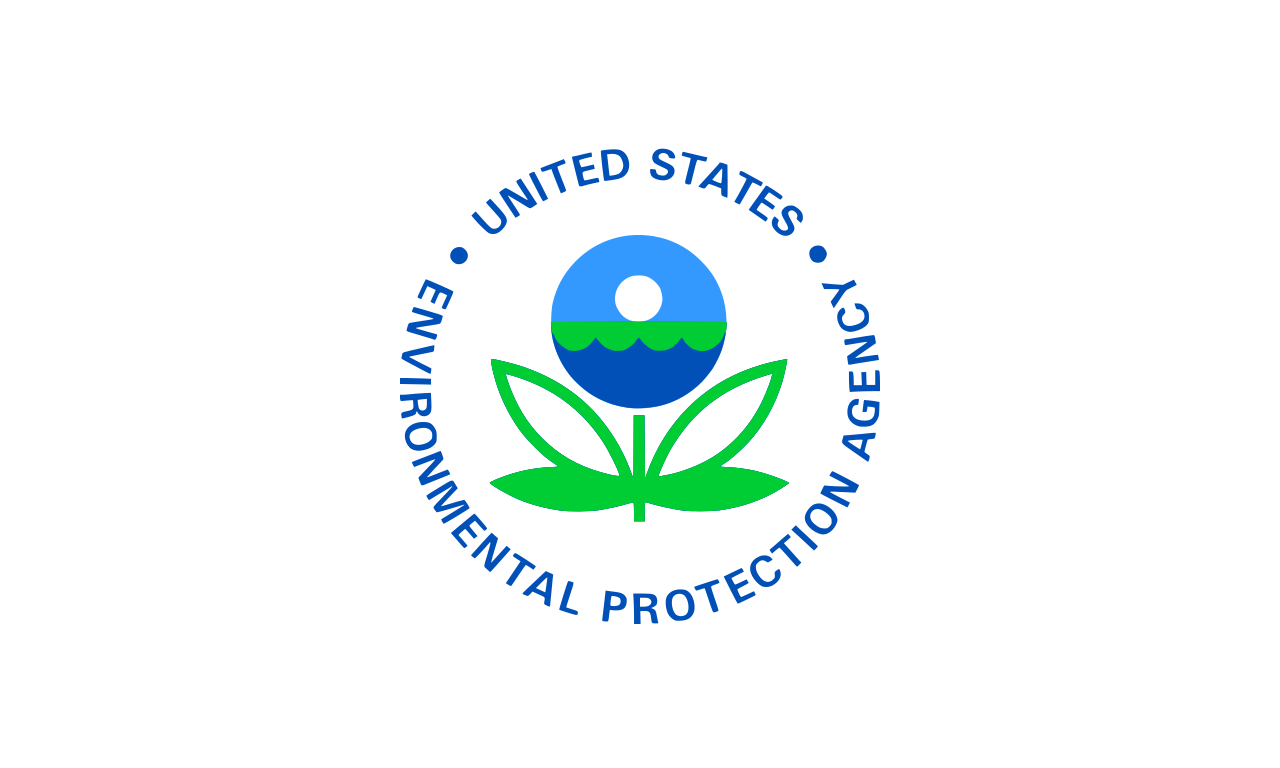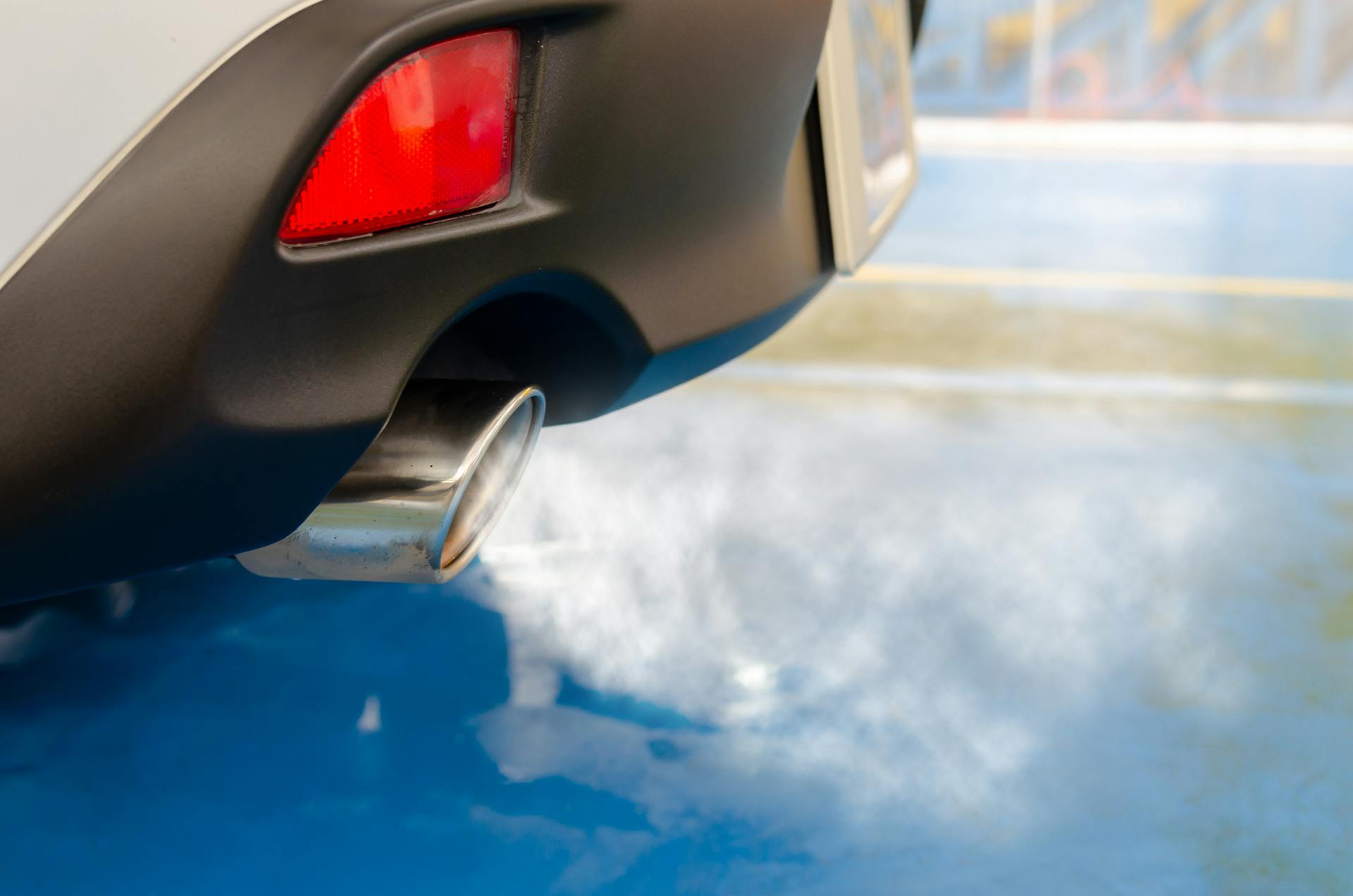U.S. News
Millions in Texas Urged to Avoid Drive-Thrus to Reduce Pollution
By Jake Beardslee · April 9, 2025

Houston Residents Urged to Adjust Routines Amid Air Quality Advisor
Authorities are urging residents of Houston and nearby regions including Galveston and Brazoria to modify their everyday activities in response to deteriorating air quality conditions. This comes after the Texas Commission on Environmental Quality (TCEQ) issued an Ozone Action Day advisory for Wednesday, April 9. Jonathan Cooper / Pexels
Weather Conditions Set to Spike Harmful Ground-Level Ozone
According to the National Weather Service, current weather patterns are expected to contribute to a spike in ground-level ozone—a pollutant linked to vehicle and industrial emissions reacting under sunlight. The warning encourages citizens to voluntarily adopt pollution-reducing habits. jae p / Pexels
Experts Recommend Ditching Drive-Thrus, Conserving Energy
Among the recommendations is avoiding the use of drive-thru lanes at restaurants and banks, where cars often idle for extended periods. Instead, people are encouraged to walk inside, pack meals to cut down on midday driving, conserve household electricity, bike or carpool when possible, and ensure their vehicles are running efficiently. RDNE Stock project / Pexels
High Ozone Linked to Respiratory Issues, EPA Warns
The U.S. Environmental Protection Agency (EPA) warns that even brief exposure to elevated ozone concentrations can trigger respiratory issues, inflame lung tissues, and exacerbate conditions like asthma. Houston consistently ranks as one of the most ozone-polluted metropolitan areas in the United States, with the problem intensifying during warmer months. United States Environmental Protection Agency / Wikimedia
How Ground-Level Ozone Forms
Ground-level ozone, also known as tropospheric ozone, isn’t directly released into the atmosphere, according to the EPA. Instead, it forms through a chemical reaction between nitrogen oxides (NOx) and volatile organic compounds (VOCs), pollutants that stem from sources like vehicles, power plants, refineries, industrial boilers, and chemical facilities. When these pollutants interact under sunlight, ozone is produced.Ground-level ozone tends to spike on hot, sunny days in densely populated urban areas. However, high ozone levels can still occur during colder seasons and are not confined to cities. Wind can carry ozone far from its original source, affecting even remote rural communities. Khunkorn Laowisit / Pexels

‘Take Care of Texas’: TCEQ Pushes Public to Curb Emissions
The TCEQ emphasizes the importance of public participation during these alert days. Its public awareness campaign, “Take Care of Texas,” outlines simple behaviors that can collectively improve air quality. These include cutting down on unnecessary car use, avoiding prolonged idling, unplugging unused appliances to reduce power draw, and keeping cars properly maintained. AS Photography / Pexels
Ozone Alerts Becoming More Frequent Across Metro Areas
As the Houston metro area—with its population exceeding seven million—enters the peak of ozone season, such alerts are becoming more common. The TCEQ states: "Each day during ozone season (roughly March through November in Texas), Ozone Action Day forecasts are made for nine participating metropolitan areas (Austin, Beaumont-Port Arthur, Corpus Christi, Dallas-Fort Worth, El Paso, Houston, San Antonio, Tyler-Longview, and Victoria)."It continues, "TCEQ informs the public typically a day in advance when conditions are forecast to be favorable for high ozone levels in any of the participating areas so citizens, businesses, and industry can take steps to reduce the pollutants that contribute to ozone formation." Erik Mclean / Pexels
